We have the following data
| Col. B | Col. C | |
|---|---|---|
| 3 | noun | spring |
| 4 | ver. | spring |
| 5 | ver. | spring |
We need rows 4 and 5 (both columns B and C) to turn red because they are duplicates
We have tried
=(COUNTIF(B$3:B377,B3)>1)*(COUNTIF(C$3:C377,C3)>1)
=AND((COUNTIF(B$3:B377,B3)>1),(COUNTIF(C$3:C377,C3)>1))
=COUNTIF(B$3:B377&C$3:C377,B3&C3)>1
but cannot make it work.
Using =COUNTIFS(B$3:B377,B3,C$3:C377,C3)>1 works for just column B

